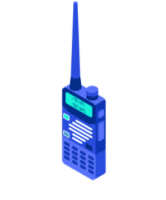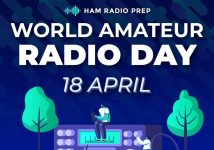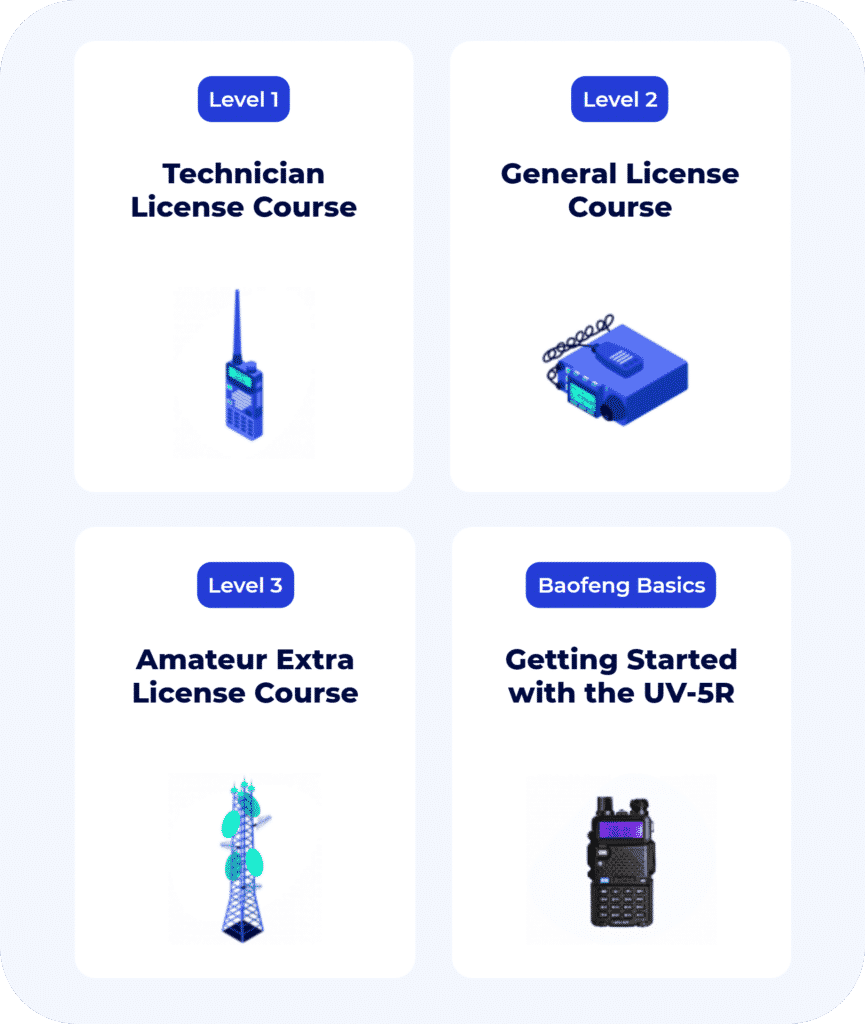Ham radio is a licensed radio service that enables you to communicate all around the world and even outer space with your own equipment. It’s vital for emergency communications, technological advancement, and it’s an incredible hobby with over 750,000 licensed hams in the United States.
In this article we’ll give you a crash course introduction to ham radio, including how it got its funny name, how it stacks up to other radio services, ham radio licensing, and all the awesome ways you can use it. We’ll also give you a few tips to get started in ham radio for beginners.
The founding of amateur radio
So let’s start with how it got the nickname “ham radio”, which is short for the official name “Amateur radio”.
Not surprisingly, it doesn’t have anything to do with the ham you put on a sandwich. The nickname “ham radio” goes all the way back to the 1890s.
At that time, radio communication wasn’t invented yet – telegraph operators still sent morse code over cables that used physical wires.
But that all changed in 1894 when the world’s first amateur radio operator, inventor Guglielmo Marconi, created the first successful wireless radio contact with his homemade antenna and station.
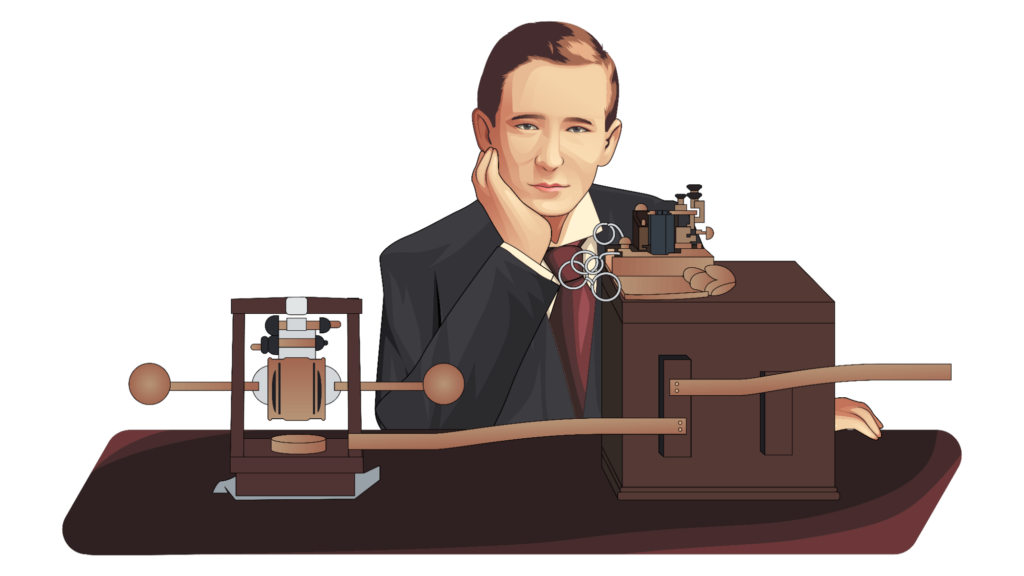
Marconi’s invention launched a movement and soon other amateur radio operators started building their own antennas and stations.
But the professional telegraph operators of the time thought this new group of amateur radio operators sending Morse code over the airwaves sounded “ham fisted” so they started using the term “ham” as a smear to mock the new amateur operators.
Instead of being offended, the new amateurs wore the term as a badge of honor and embraced the new label, and it caught on. That’s why today, “ham radio” and “amateur radio” mean the same thing, and you can use them interchangeably. By the way, the word “amateur” here doesn’t mean we operate unprofessionally, it just means we don’t get paid for our work.
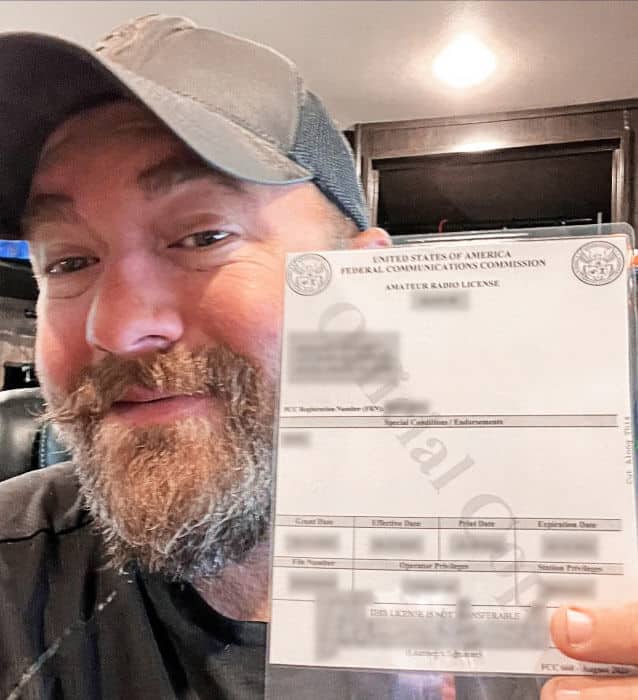
Take a free 5-minute lesson to take the first step to getting licensed.

Ham Radio As Compared to Other Radio Services
Today, amateur radio is a thriving community and the 750,000 licensed hams in the United States can communicate with over 3 million operators around the world. In the US, the frequency and power privileges for the amateur radio service are set by the FCC – the Federal Communications Commission.
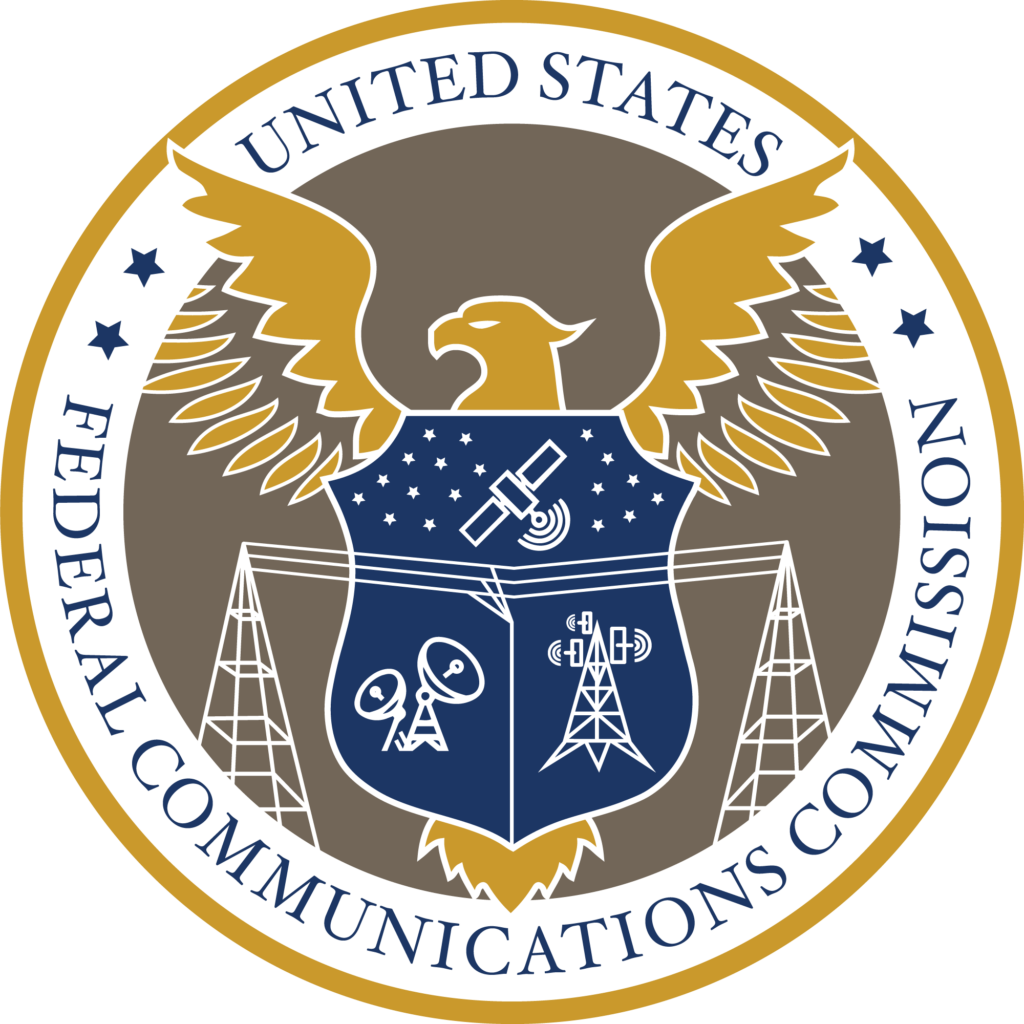
One of the big reasons why so many people love ham radio is because the ham radio service is the most powerful and longest range radio service available to the general public, once you get a license.
Ham radio operators can use up to 1,500 watts of power on some frequency bands.
By comparison, the walkie talkie radios you can use without a license operate on FRS, which has a maximum of only 2 watts, making ham radio 750 times more powerful.
Ham radio is 375 times more powerful than CB radio, which was made popular by truckers. CB is capped at just 4 watts. Finally, hams can use 30 times more power than the licensed operators using the GMRS service.
With this power, ham radio operators can make contacts across the country and even around the world with their own equipment.
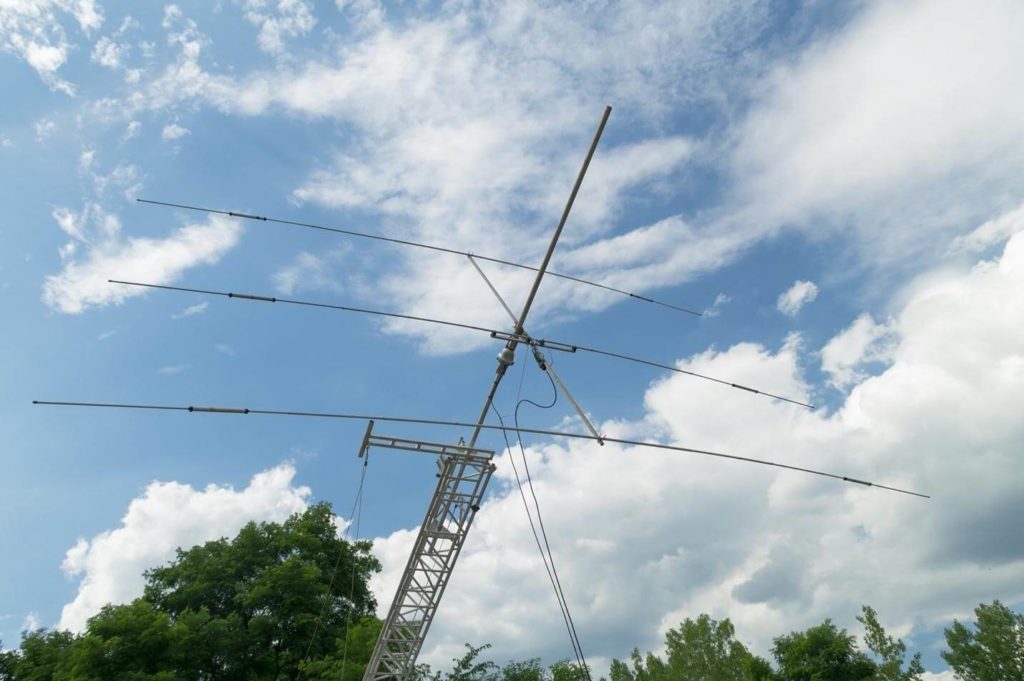
But power is just one aspect of what makes ham radio great. Amateur radio operators also have access to more frequencies, more modes of operations, and more privileges that allow you to do even more with your radio like customize your antenna, send an email over the radio, build your own transmitters and more.
We’ll get into the tech of ham radio shortly, but first, we need to talk about licensing.
Getting Your Ham Radio License
Before you can operate a ham radio station, you need to pass an exam to prove that you have the knowledge necessary to operate responsibly and not interfere with military and commercial stations.
Once you are licensed, you get a globally unique call sign to identify yourself when operating, for instance mine is N4BFR.
There are actually 3 levels of ham radio licenses available from the FCC in the United States, with increasing power and frequency privileges with each level.
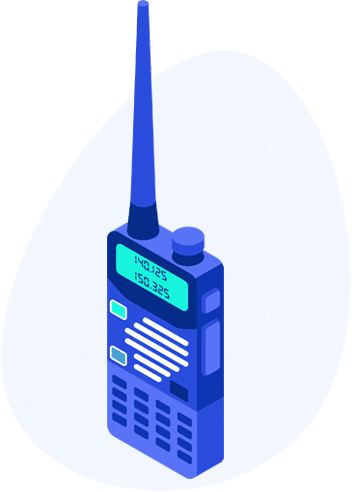
The Level 1 Technician License is great for local communications and limited long range.
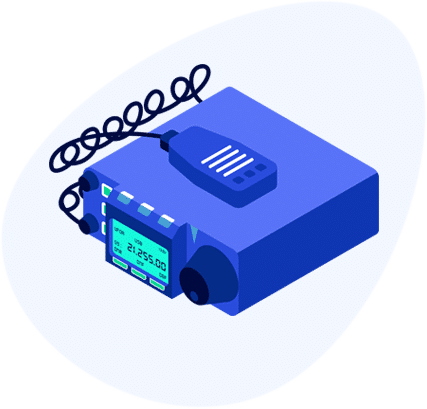
The Level 2 General License opens up HF frequencies for long range and international contacts.
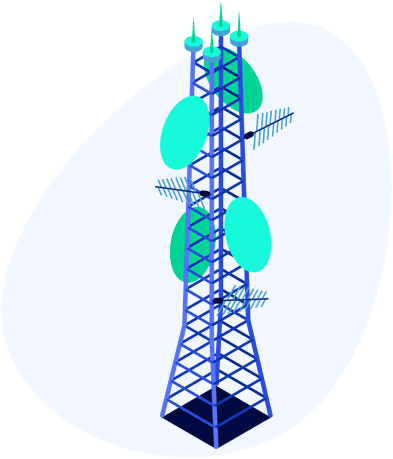
The Level 3 Amateur Extra License is the most powerful non-commercial radio license available in the United States, and includes many benefits like frequency and mode access, special call signs, international reciprocity, and more.
If you want to move on to the higher license levels, you must pass each exam in order starting with the Technician.
If you want to get your license, it’s not as hard as you think. You can take our online class at Ham Radio Prep that will teach you all of the material on the exam in just 10 lessons.
It only takes a few hours to complete even if you’re a complete beginner, take a free lesson to get started.
With licensing out of the way, let’s talk more about what you can do with ham radio.
What is ham radio used for?
Hams around the world leverage their frequency privileges in many different ways, but the three main areas are Emergency and Off-Grid Communications, Technological Advancement, and Hobby & Contesting.
Emergency Communications
Emergency communications is one of the most important services that ham radio provides to society as a whole.
The reason is pretty obvious – when all other communications fail, ham radio continues to work because it isn’t reliant on the power grid or other infrastructure.
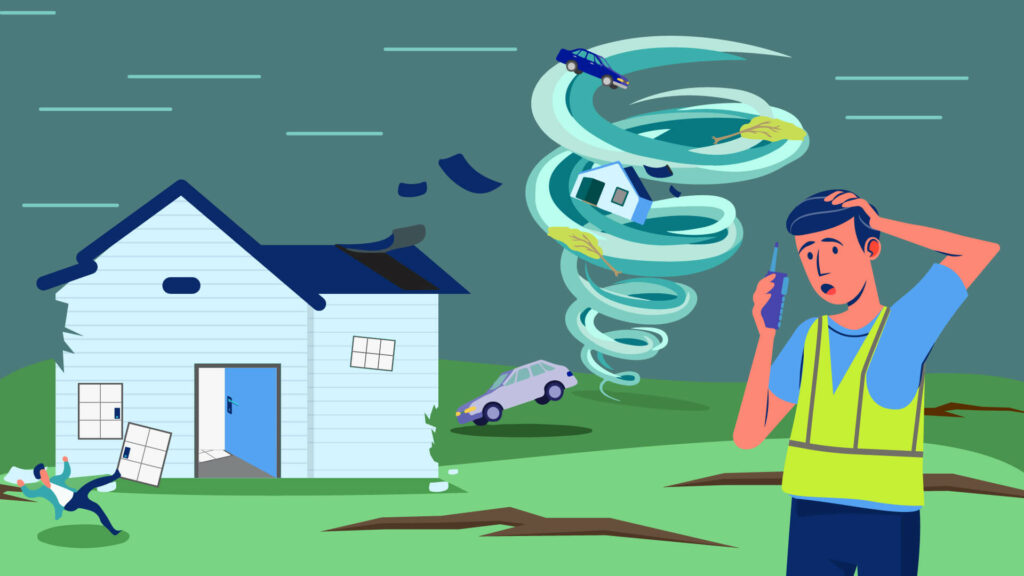
With just a battery, a radio, an antenna, and a little knowledge, you can communicate around the world without your cell phone or an internet connection.
When you’re going off-grid away from cell service, you can throw a ham radio in your backpack, mount one on your vehicle, or set up a full station with an antenna to be able to make long range contacts.
You can also receive vital weather alerts from NOAA and real time news from FM broadcast.
Many homesteaders or those far away from cell towers use ham radio as their main communication method. Others make a sport of it, activating mountain tops, called “summits on the air” or national parks, called “parks on the air” to see how many people they can reach on an outing.
Ham radio operators also train and volunteer to serve their communities in the worst of times. Hams have provided support after natural disasters like Hurricane Katrina, wildfires, and earthquakes. Even when those disasters are man made, like during times of war or when communications went out during the 9/11 terrorist attacks, hams provided communications support.
Three of the biggest ham radio emergency response groups are ARES, RACES, and Aux-Comm . Many hams are also First Responders and part of groups with names like CERT – the Community Emergency Response Teams.

Even NASA uses ham radio if their communications go out. The Amateur Radio on the International Space Station (ARISS) is an official backup communications service for the ISS through the Johnson Space Center Amateur Radio Club.
Technological Advancement
But you don’t need an emergency to use ham radio – amateur radio operators are also at the forefront of technological advancement.
You would be surprised how many of the world’s most prominent engineers and scientists are licensed hams, like Nobel Prize Winning astrophysicist Joe Taylor, call sign K1JT. He used his knowledge of electromagnetic waves to measure the orbital distance between rotating stars, adding evidence to Einstein’s theory of relativity. Taylor is an active ham who developed the WSJT suite of weak signal communications tools used by hams today.
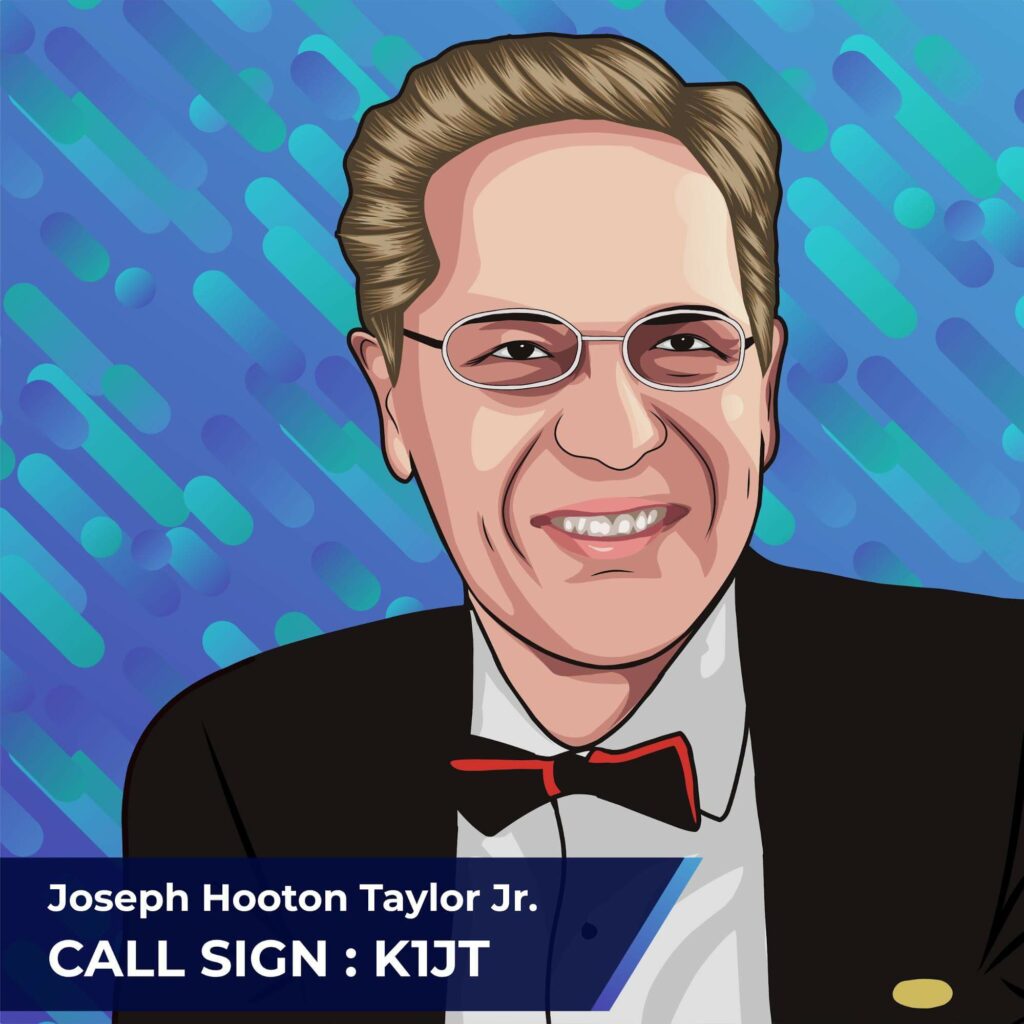
Many astronauts on the international space station are also licensed hams.
In fact, as a licensed ham radio operator, you can make contact with those licensed ham radio astronauts on the ISS, or even bounce your signals off the moon, which is called EME or Earth-Moon-Earth Communication.
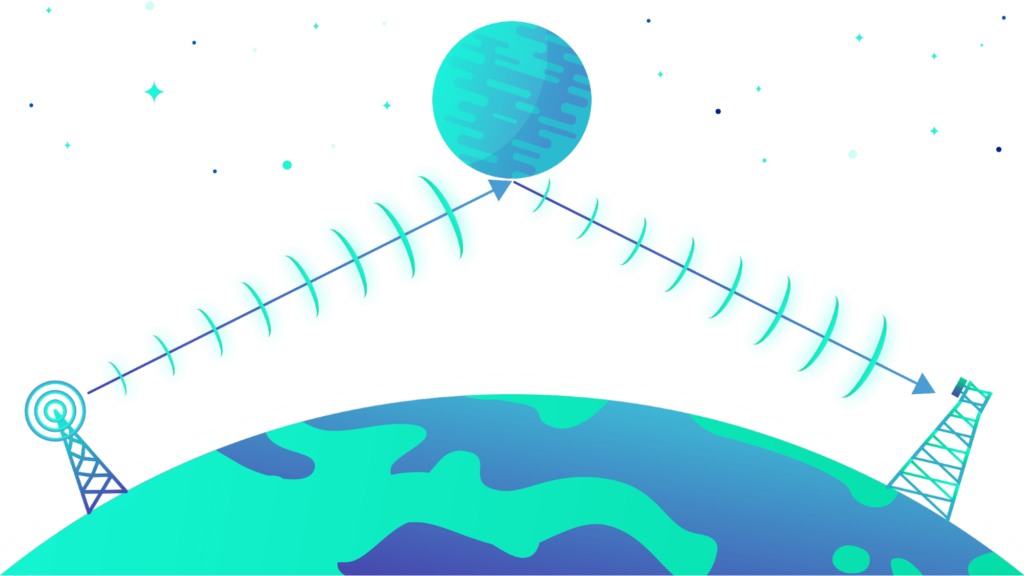
Amateur radio is also used for telemetry in “cubesats” which are miniature satellites used for scientific research and exploring new space technologies.
In NASA’s first ARTEMIS mission, they launched a series of cubesats, including one called “Outstanding Moon Exploration Technologies” – designed by the Japanese Aerospace Exploration Agency and supported by the JAXA Ham Radio Club.

This moon lander weighing less than 2 pounds will send amateur radio signals in PSK-31 and FM format back to earth, and they are encouraging hams to help the experiment by receiving these weak, 1 watt signals.
Ham radio also has a role in very practical technological advancement.
How about when Chevy was designing their new 2011 Camaro convertible, and didn’t want the traditional stick antenna? They called on a couple of in-house hams who designed a receiving antenna built into the spoiler to make a much sleeker looking machine.
Technology advancement from ham radio operators has helped build worldwide knowledge of wireless communication that fuels all of the technology we use today.
It is vital for the United States and the world to continue to have well-trained and educated amateur radio operators, and there is no limit to what advancements they will discover in the next years and decades.
Hobby and Contesting
We also can’t ignore that ham radio is just plain fun.
Once new hams get some experience making contacts, many often begin to explore the world of Dxing and Contesting. In terms of things ham operators enjoy, these two activities rank as the most fun!
DX is short for distance, so DXing is the act of communicating with a distant station. You can communicate with hams all over the world, and some ham radio operators collect QSL cards, which are like individualized post-cards as a record of your contact with another ham.
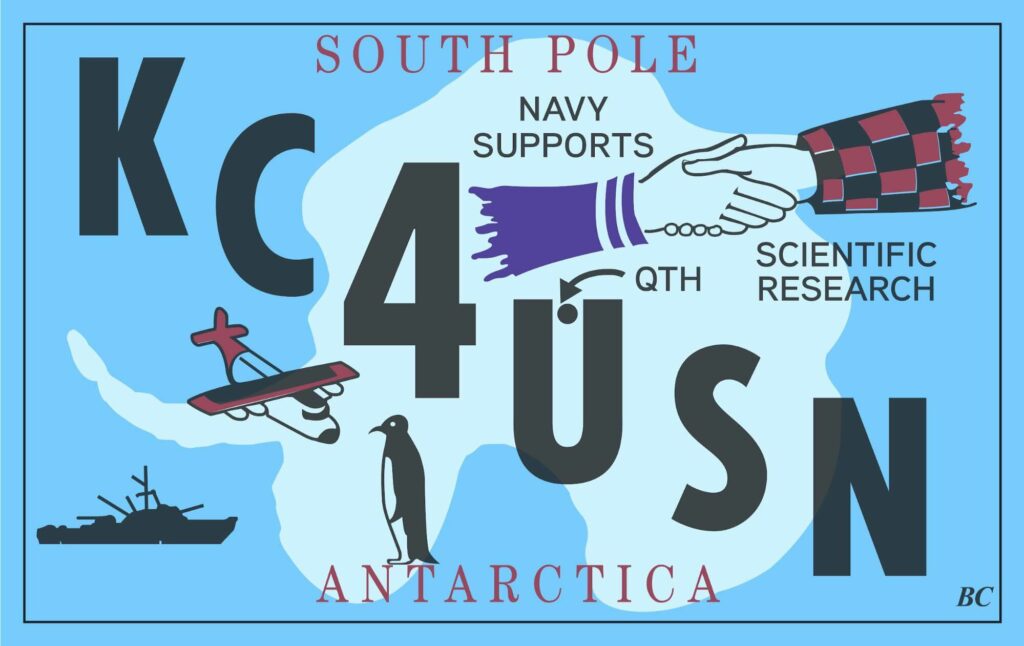
Hams love to do something called DXpeditions which is when a group of hams travel to exotic places to operate. These stations will often be set up in remote places where people rarely, if ever, transmit, and other hams try and make contact with that station.
Contesting is another fun thing to do with ham radio, it tests the operators skill, and also is a great way to participate in a fun activity with others in the community. When contesting, an operator or team tries to contact as many stations as they can as quickly as possible in a given time period for points, and most points wins bragging rights.
These contests go by names like “Rookie Roundup” or “Texas QSO Party.” One of the biggest ones, “ARRL Field Day” is in June. It’s a club event called an “annual operating exercise” but since they keep score, you can call it a contest if you like.
You can win all kinds of awards in ham radio too like “Worked All States”, “DXCC” for 100 countries confirmed, “Morse Code Proficiency” and much more.
One of the things I like the most about ham radio personally, is the different directions it can take me. One weekend I might be working on a beacon tracking tool to spot the back end of a marathon, and the next I’m talking to someone in Brazil on an experimental antenna made out of tin foil.
Conclusion
So if one or several of those items gives you that interest you just have to scratch, get started with our online courses.
It’s the fastest, easiest and most fun way to pass your ham radio license exam.
Our team of ham radio experts will teach you all of the material on the test in just , with quizzes, games and practice tests to reinforce your knowledge. You can study right from the comfort of your own home and even on your smartphone.
Courses are available for all 3 levels of ham radio licenses: Technician, General, and Amateur Extra.
The program is so effective that we guarantee you’ll pass your exam on your first try or your money back.
What are you waiting for? Join over 60,000 students who have successfully completed the course.

